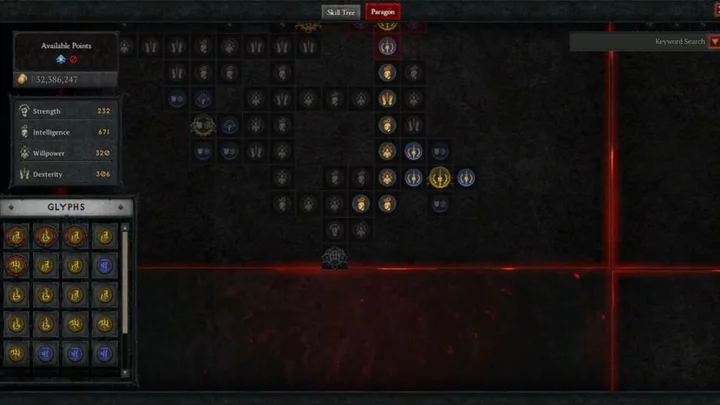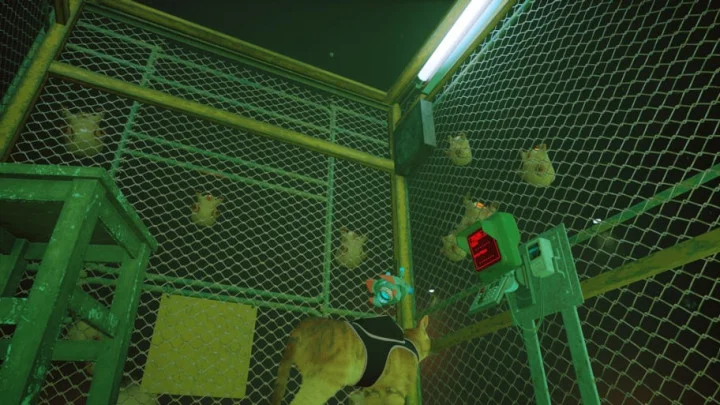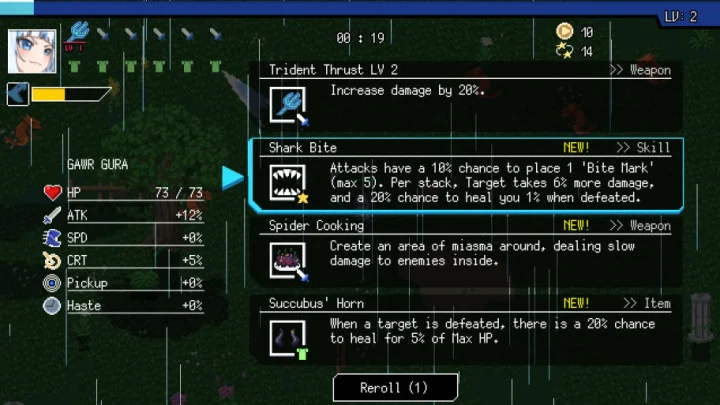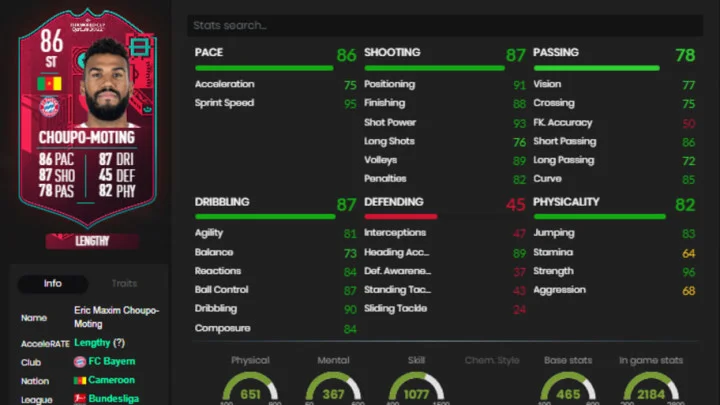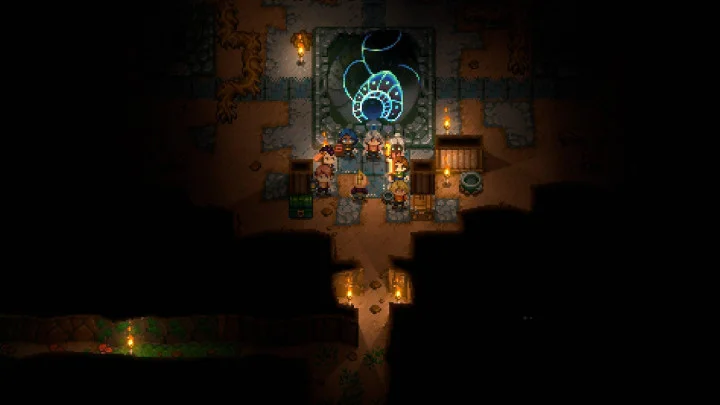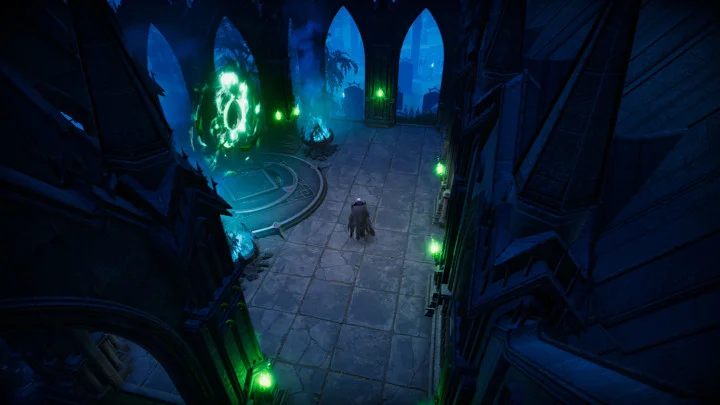Diablo 4 Glyphs are a key part of the Paragon system allowing players to fully maximize a character's damage in the endgame.
Glyphs replace Diablo 3's Gem system for endgame collectibles applying damage boosts. Instead of leveling up Gems through Rifts which are then linked to jewelry, Glyphs are leveled up through Nightmare Dungeons and then placed into a Paragon Board. Glyphs are obtained in the endgame through monster drops, and much like Gems players will unlock all available Glyphs for a class over time.
Diablo 4 Glyphs Explained
Glyphs apply a bonus to a character when placed into a Glyph Socket on a Paragon Board. A Glyph could read, "For every five Intelligence in radius, gain extra damage reduction up to a certain percentage." So, players will want to prioritize Intelligence slots on a Board to maximize the effect of that Glyph.
As well, players can increase a Glyph's radius by leveling it up through a Nightmare Dungeon. At the end of a Nightmare Dungeon, much like leveling up Gems in D3, players can deposit experience into a Glyph of their choosing. Though, upgrading can't fail like it could in D3. A Glyph's radius maximizes at Tier 15, and then Glyphs cap out at Level 21. Players earn more experience to deposit into Glyphs based on the tier of the Nightmare Dungeon completed.
It's important to level Glyphs to Tier 15 first for those core to builds for the maximum radius. Glyphs offer bonuses if there's a certain amount of a certain statistic in the radius so players will want to make sure those are achieved as well.
Players who are unsure exactly how to place their Glyphs or which to level first should follow a build. Incorrectly using Glyphs can greatly hamper how a character performs in the endgame.
This article was originally published on dbltap as Diablo 4 Glyphs Explained.

